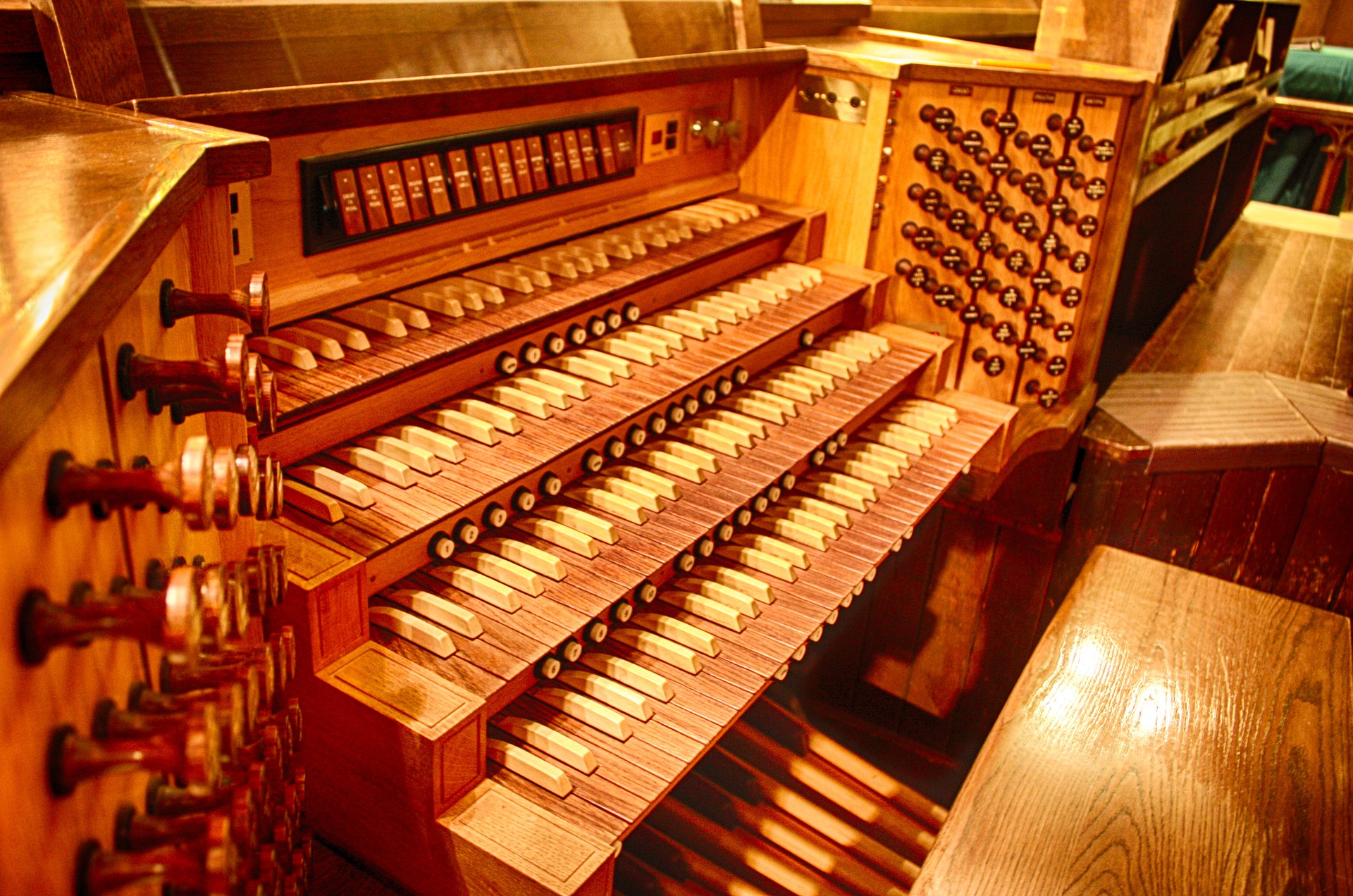
Article 650 of NFPA’s National Electric Code (NEC) 2017 Edition tackles electrically-operated pipe organs. Unlike its classic counterparts, an electric pipe organ uses electropneumatics and electric action to remotely operate the instrument. Electricity is a necessary component in making the instrument work without manual manipulation.
Pipe Organs in the National Electric Code (NEC)
The National Electric Code was initiated by the National Fire Protection Agency (NFPA) to protect properties and people from electrical hazards. The code was first released in 1897 and is still enforced today in 50 states. It is updated every 3 years to ensure the safety of electrical practitioners and the general public.
Article 650 Pipe Organs has been in the Code for roughly a century, which could be surprising even to electricians who do not regularly encounter pipe organs in their line of duty. It is also one of the shorter articles in the code. Pipe organs, however, are most commonly installed in high-foot traffic areas like churches and schools so they have to have strict electrical safety standards.
Highlights from Article 650
The NEC article has 7 subsections which pertains to the scope, related articles, and technical details of electrical requirements for pipe organs. Major items contained in the article include:
- The scope: The article covers all pipe organ parts and electrical circuits that control the instrument’s keyboards and sounding mechanism.
- Energy source specification: It should be a transformer-type rectifier not exceeding 30 volts, double-insulated and attached to the input grounding conductor.
- Grounding specification: The rectifier should be bonded to the instrument’s grounding conductor.
- Conductor requirements: Only conductors not less than 26 AWG can be used for the electromagnetic valve supply, at least 28 AWG for all electronic signal circuits, and at least 14 AWG for common-return conductor.
- Cabling: Cables may be attached directly to the organ without insulation, but must be securely fastened in place. The same code goes for control equipment and bus bars that connect common-return conductors. Conductors inside the organ also needs to be cabled.
- Insulation: Certain components like conductors are also required to have thermosetting or thermoplastic insulators.
- Splices: Spliced wirings do not need to be enclosed or placed in boxes.
- Sounding Chamber: The instrument’s chamber wirings must be placed within the chamber itself.
- Related sections: electrical pipe organs must also pass Article 640 requirements
Article 650 Updates in the NEC 2017 Edition
The 2017 NEC offers no changes in regulation regarding electric pipe organs. The latest revision to Article 650 was in 2011. Section 650.3 added the conformance of electric pipe organs to Article 640. Section 650.7 also included a requirement for tagging abandoned cables that do not terminate in the instrument. The closely related Article 640 saw some changes in the 2017 edition. Section 640.3 now requires specific installation procedures for cables in ducts and other air-handling spaces.
Chances Are You Will Come Across Pipe Organs in Your Electrical Career
Pipe organs have been entertaining and fascinating the general public for more than 2000 years. The instrument has lasted for generations that phasing it out in the near future seems highly improbable. Keeping safety precautions for these instruments is still of utmost importance. Get familiar with the less popular portions of the National Electrical Code like Article 650. If you are an electrical professional or provider, you will most likely encounter it sometime in your long career.

